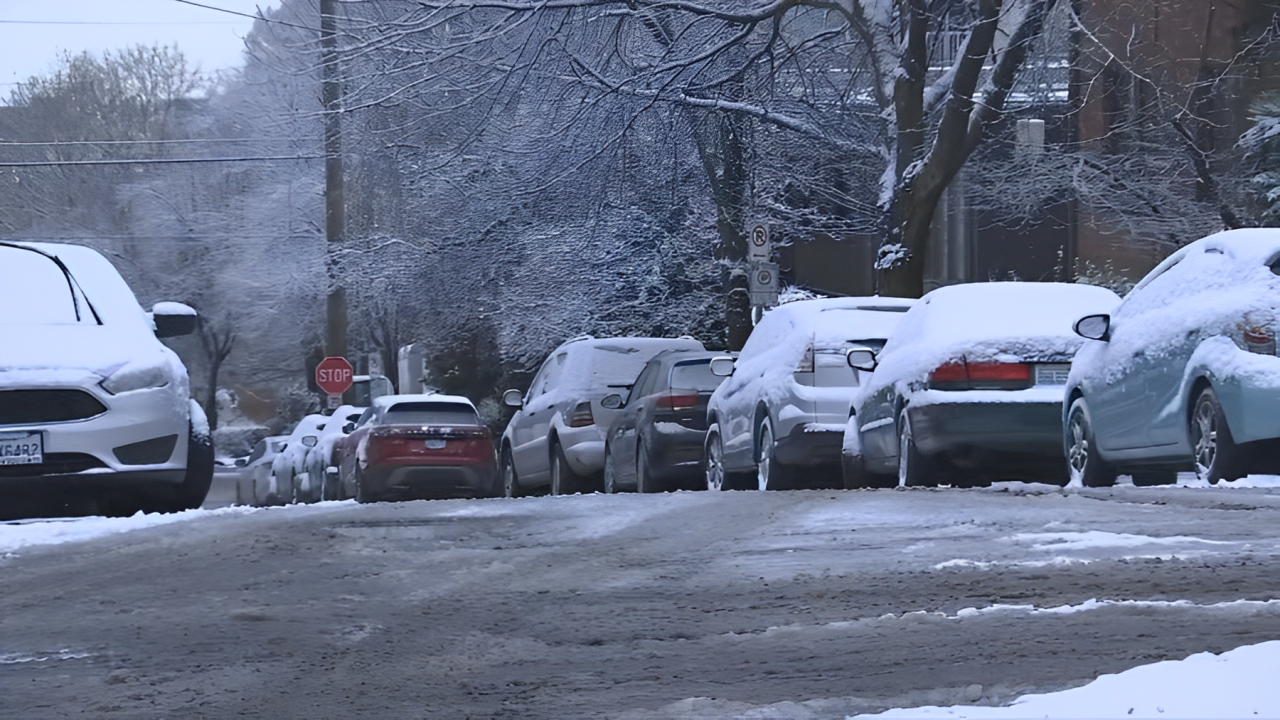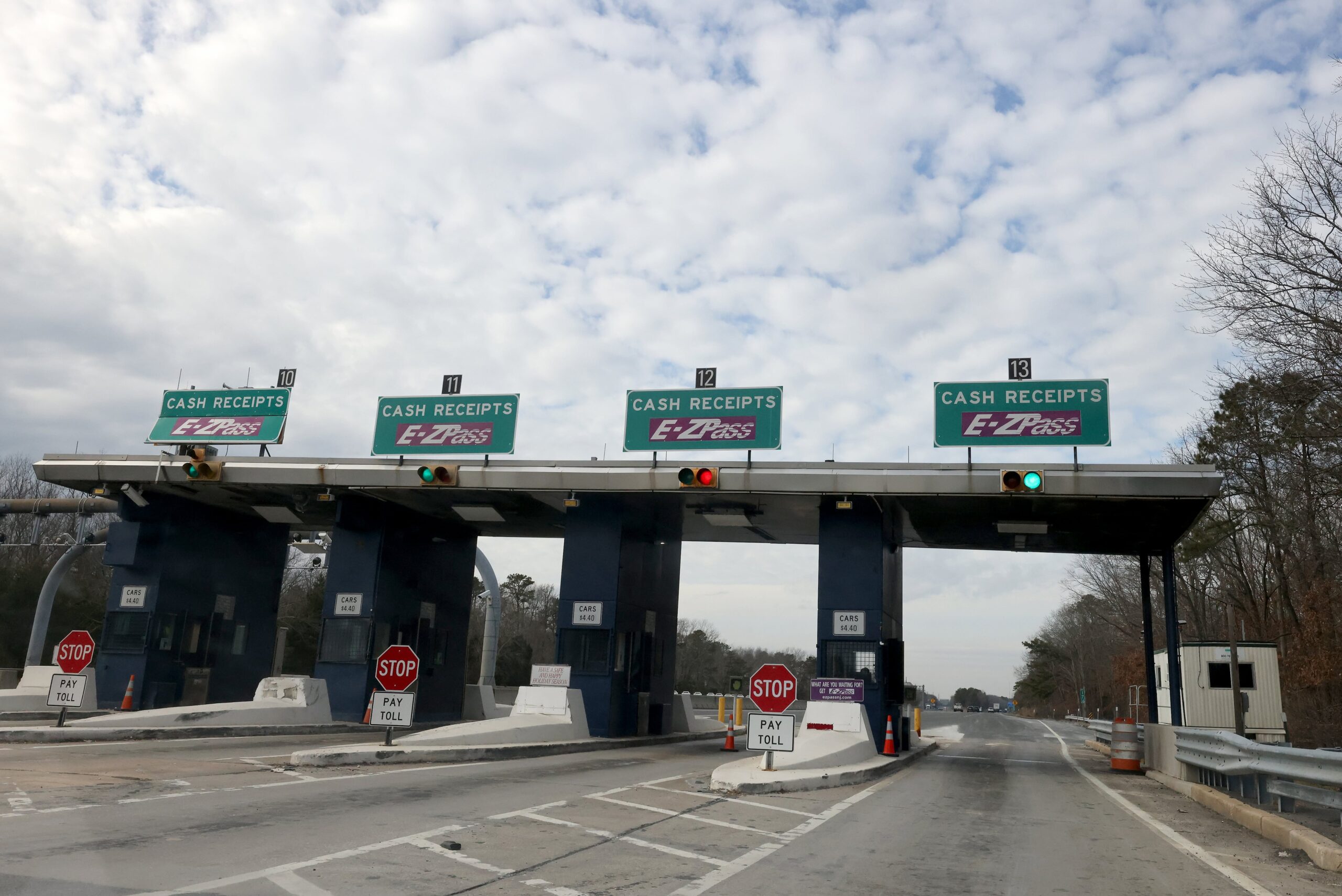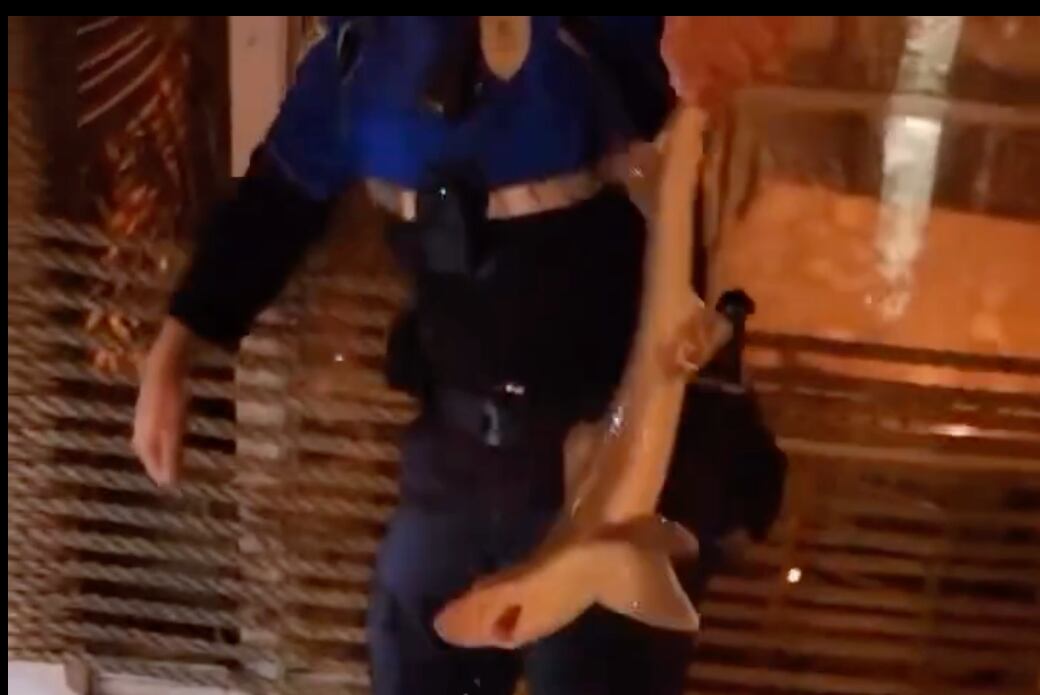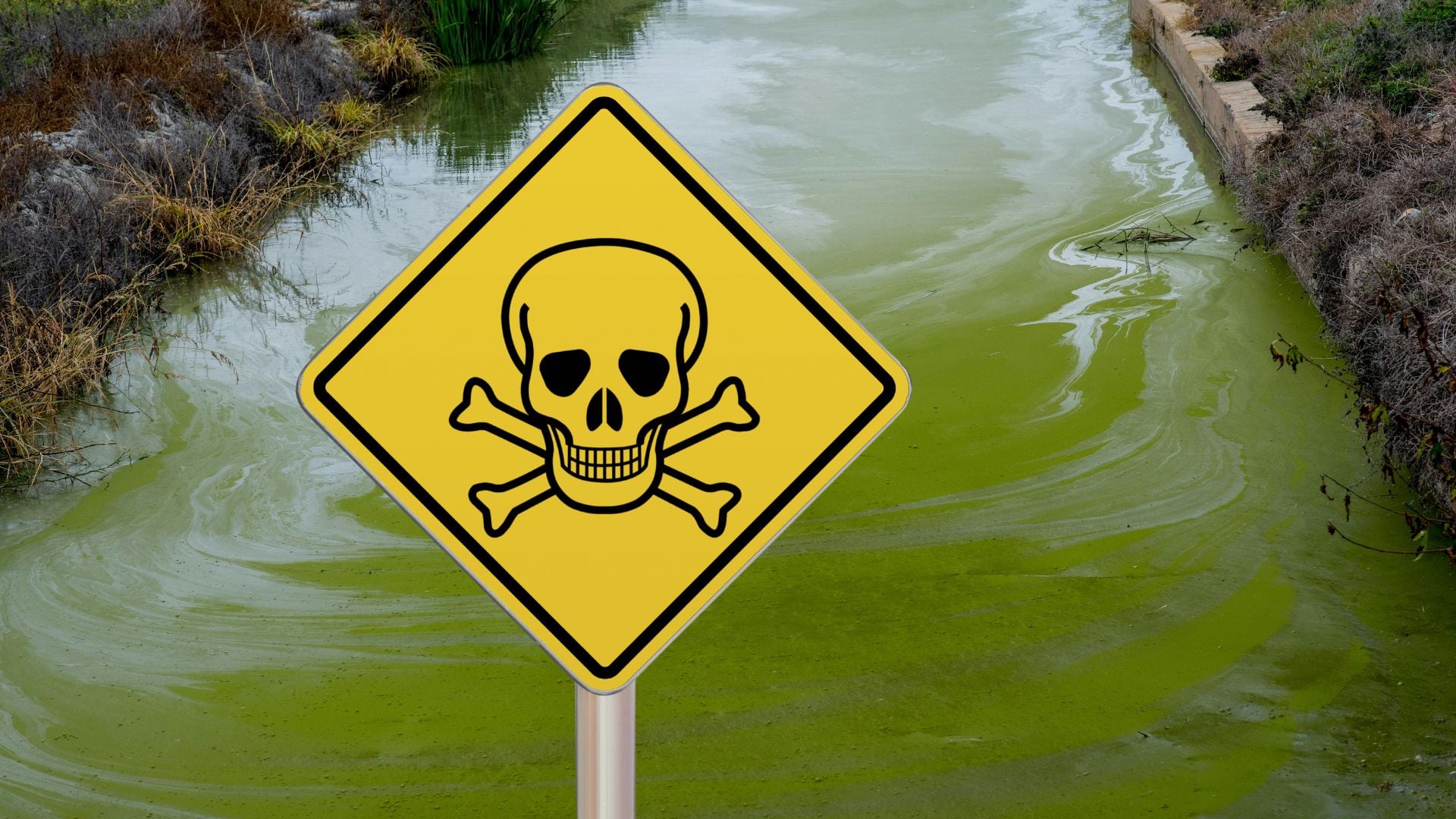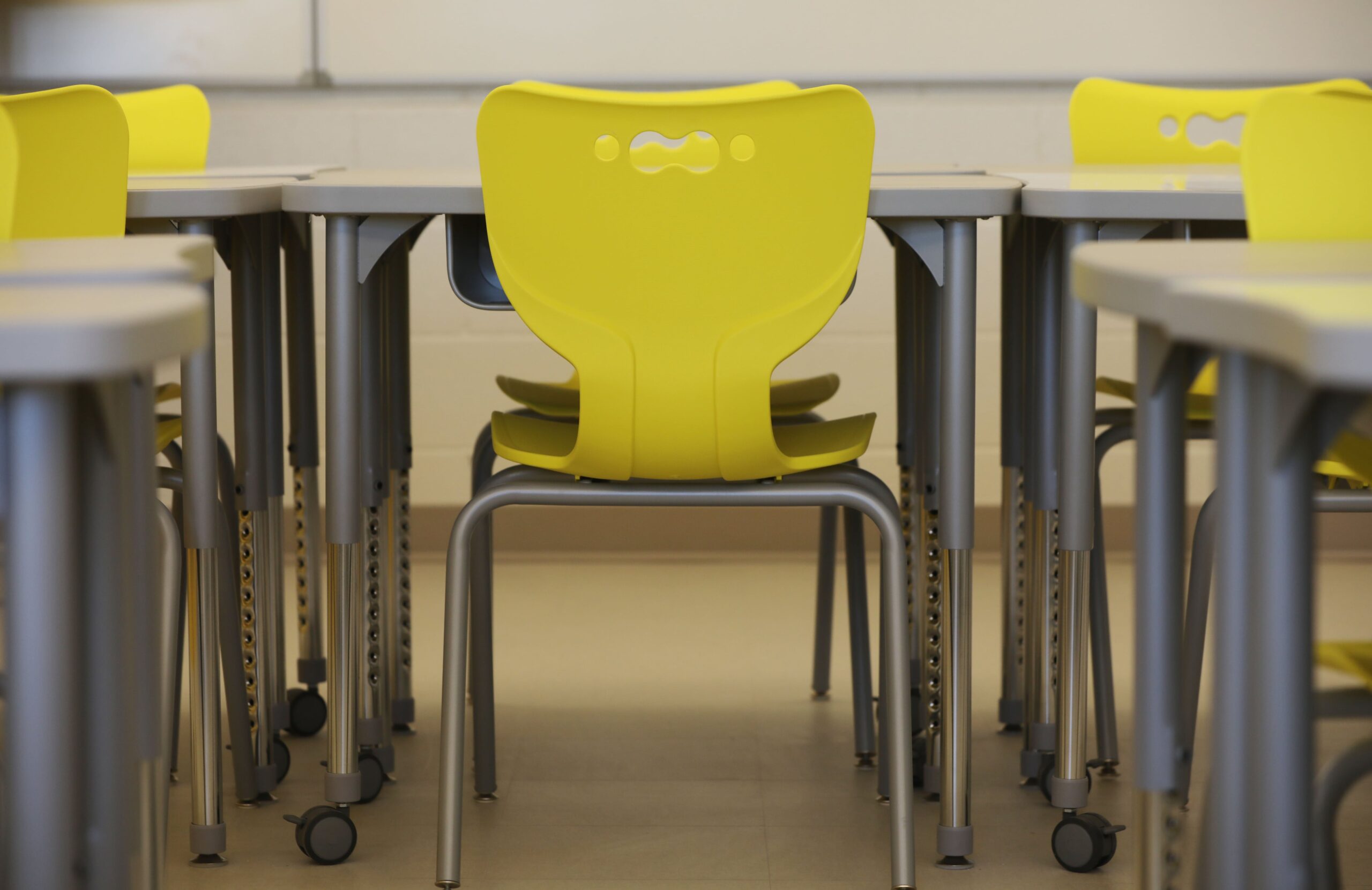Seattle and the rest of Washington State are preparing for an unprecedented cold snap as temperatures plummet to some of the lowest levels seen in decades. The frigid weather, which is expected to last for several days, is already causing disruptions across the region and putting pressure on local infrastructure.
The National Weather Service has issued multiple winter weather warnings, with forecasts predicting temperatures in Seattle could dip as low as the low teens, with wind chills making it feel much colder. The sharp drop in temperatures comes after a relatively mild winter season, catching many unprepared for the sudden and extreme chill.
The Cold Snap Explained
The cold front sweeping through Washington is a result of a high-pressure system that has settled over the Pacific Northwest, trapping cold air in the region. This system, coupled with strong northeasterly winds, has created perfect conditions for a dramatic drop in temperature. The cold is not isolated to Seattle; other parts of the state, including Spokane, Yakima, and the Cascade Mountain region, are also experiencing record lows.
This type of weather event is becoming increasingly rare, with temperatures this low not having been recorded in the area since the early 1980s. The combination of freezing conditions and gusty winds is causing a dangerous wind chill factor, making outdoor activities risky for anyone unprepared for the extreme cold.
Local Agencies Respond
City officials and emergency services are working together to address the immediate impact of the cold wave. Seattle Public Utilities is urging residents to take precautions to prevent their water pipes from freezing. In addition, shelters across the city are bracing for an increase in demand, as many individuals experiencing homelessness are seeking refuge from the dangerously cold temperatures.

The Seattle Department of Transportation is also preparing for icy roads. Snowfall, which is expected to arrive along with the cold front, is likely to create hazardous conditions for commuters. The city is reminding drivers to use caution and to stay updated on the latest weather reports.
Meanwhile, the Washington State Department of Health is advising residents to take measures to protect themselves from frostbite and hypothermia. The department recommends wearing layered clothing, limiting time spent outdoors, and ensuring that pets are kept inside and safe from the cold.
Impact on Daily Life
The cold weather is already disrupting daily routines. School districts throughout the state have closed, while others have delayed the start of classes. Public transportation, particularly buses and ferries, has been delayed or rerouted due to icy conditions and reduced visibility.
Travelers planning to fly in and out of Seattle-Tacoma International Airport may experience delays as airlines struggle to de-ice planes and adjust to the weather-related challenges. Drivers on major highways, particularly those heading into the mountains, are being warned to carry chains in case of snow and to avoid travel unless necessary.
For those with outdoor plans, the cold has turned popular hiking trails, parks, and beaches into treacherous landscapes, with icy conditions making them unsafe for adventurers. The cold temperatures have also increased the risk of avalanches in the mountainous regions, with the Washington Avalanche Center issuing warnings for backcountry skiers and snowboarders.
Preparing for the Cold
With conditions expected to worsen over the coming days, residents are urged to take proactive steps to protect themselves and their homes. Stocking up on supplies such as blankets, bottled water, and non-perishable food items is a good first step. In addition, having a battery-powered flashlight, extra batteries, and a fully charged mobile phone can help in case of power outages, which are common during severe winter weather.
As for vehicles, experts recommend ensuring that gas tanks are at least half full to avoid the risk of fuel lines freezing, which can leave drivers stranded. Keeping a winter emergency kit in the car—complete with a blanket, extra gloves, and a first-aid kit—is also advised for anyone who needs to travel during the cold snap.
For those who need to stay inside, it is essential to keep homes warm without overworking heating systems. Keeping doors to unused rooms closed, using space heaters safely, and ensuring that windows are properly sealed can help conserve heat and prevent pipes from freezing.
Looking Ahead
The extreme cold is expected to last through the weekend, with some forecasts suggesting that temperatures could gradually warm up by the middle of next week. However, residents are being advised to continue monitoring weather updates regularly, as the situation could change quickly.
The National Weather Service will continue to issue updates on weather warnings and advisories. For more information on how to prepare for extreme cold and to stay informed on the latest developments, residents can visit the National Weather Service and the Washington State Department of Health.
As Washington grapples with one of the coldest mid-winters in decades, it’s a reminder of the importance of preparation and community resilience.
Disclaimer: This article has been meticulously fact-checked by our team to ensure accuracy and uphold transparency. We strive to deliver trustworthy and dependable content to our readers.

